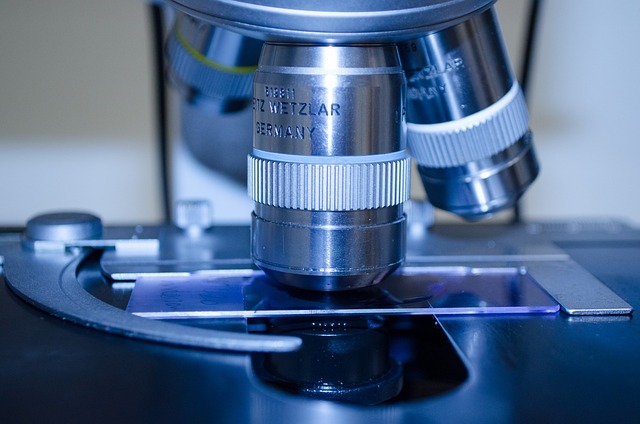What Is Meant By ‘Environmental Data’?
Environmental data refers to any and all types of information collected and measurements taken regarding processes occurring in environment. It may also include information on different species, locations, biodiversity hotspots in a region etc.
Current environmental data has evolved into encapsulating the effects of human activities on the environment. This is done by measuring the emissions released, the effects of pollution on human health and ecosystems. Moreover, monitoring the changes or effect caused by the mitigatory technologies that benefit the environment also fall under the umbrella of environmental data collection.
Importance Of Environmental Data Collection:
By collecting data about the environment around us we can keep tabs on the various processes and changes that take place in them. For instance, the changes in the pollutant concentration in the air before and after the installation of industrial plants can only be determined via environmental data records.
This way we can also prove that the emissions effect the public negatively by comparing them with figures and already established standards.
On the other hand if no data is available for a certain aspect, then we will not have a concrete base to launch our investigation into the dynamics of an environmental process and how it effects us.
What Is The Role Of Environmental Data In Health Studies?
Collection of data relating to health, demographic of a region, as well as monitoring water, air and soil quality standards is essential. This is essential to the well-being of the general population due to the fact that many environmental pollutants and factors play a role in causing negative health effects and diseases in humans.
The role of environmental data in conducting health studies is to conduct tests and ensure that communities and people are safe from any unforeseen factors resulting from the environmental processes- natural or man made.
This can be understood by a simple example. A farmer uses excess pesticides, chemical fertilizer on his farm that runs off into water ways of the village. Couple this with the dumping of waste from livestock into the water body (such as a stream) that serves as a drinking source of water for the whole village.
Related: Poisonous Pesticides: Harmful Impacts on Humans and Nature
Thus, without check and balance, people drinking the water will start to fall sick whose cause would be unknown to them. They may be infected by the microbes present in the livestock feces or due to the excess chemicals that lead to bioaccumulation in the bodies causing chronic problems. Whatever the reason for the illness- the true cause cannot be determined unless we take measurements and conduct tests.
You may also like to read: Bioaccumulation and Biomagnification of Toxic Chemicals
This can be done by measuring the BOD, COD , TDS etc. of the water at regular intervals to ensure that safe drinking water standards are being met. This is a prime example of data collection and monitoring where new levels can be checked with existing standards to determine what exactly is causing the illness in the village. Thus, environmental data collection plays a significant role in health of the public as well as conducting health studies.
Role Of Environmental Data In Pandemic Studies:
Similarly, as in health studies, environmental data plays a crucial role in the study of epidemics and pandemics. The various climatic factors also contribute to the spread and emergence of diseases. For more information read: Climate Change Is Causing Emergence and Spread Of Diseases
It is a known fact that the changing climate will potentially lead to numerous other episodes of epidemics and pandemics each one being worse than the former. Thus, Environmental data collection is most important in dealing with a pandemic such as COVID-19 by providing relevant information to various healthcare decisions for different communities across the globe. The environmental data collected can help us to identify which factors contribute to the spread of diseases and which slow it down.
To prevent any such severe outbreaks of diseases, a platform is needed for efficient collection of viral, spatial and temporal data to control and monitor the spread of any future disastrous events.
CONCLUSION:
In conclusion, epidemiological studies are significantly contributing to the study of health problems and future emergence of disease in the wake of climate change. Thus, proper and reliable environmental data records of various parameters are important to be kept in order to protect populations. Especially those that are vulnerable and marginalized in the event of an outbreak in future which will considerably impact them more.
Read: Covid-19 and Climate Change – Exposing Environmental Injustice
We hope you liked this post! Please comment below if you have any suggestions, comments or feedbacks! We at #envpk love hearing from readers! Thanks




